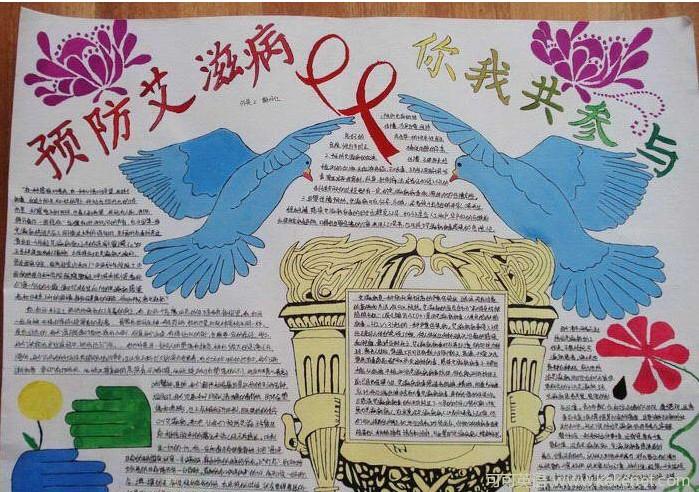
Science and Technolgy
科技
AIDS
艾滋病(獲得性免疫缺乏綜合癥)
Get your act together, guys
伙計們,請一起行動
Two UN reports on AIDS are coming out this month. That is one too many
本月聯合國將發布了兩份關于艾滋病的報告,其中一份實在多余
SOMETHING odd is going on in the international AIDS establishment. December 1st has been designated (as it is every year) to be "World AIDS Day". That is a signal for the United Nations to put out a report on the state of the epidemic. This year, though, there are to be two reports.
國際艾滋病機構發生了件奇怪的事情:每年12月1日被認定為"國際艾滋病日"。聯合國也會在每年這個時候發布一份有關艾滋病狀況的報告。然而今年會有兩份這樣的報告。
On November 21st UNAIDS, an agency created in 1996 to deal specifically with the then-newish disease, published its assessment of the situation. This reaffirmed what has become clear recently: that the epidemic is being beaten back by the widespread deployment of drugs, in combination with changes in the behaviour of those most at risk. The annual number of deaths has fallen to 1.8m, from its peak of 2.2m in 2005. New infections have also fallen, from a peak of 3.2m in 1997 to 2.7m last year. The report went on to outline what it calls an investment framework, designed to deal with the epidemic in the most cost-effective way. This builds on an analysis published in the Lancet in June by Bernhard Schwartl?nder, UNAIDS's director of evidence, strategy and results. It attempts to prescribe, for each part of the world, the mixture of drug treatment, condom-promotion, prophylactic circumcision and so on that will bring most benefit to the fight.
UNAIDS,是一家1996年建立的特別處理這種在當時還是非常罕見的疾病(艾滋病)的機構,今年11月21日,其發布了一份關于艾滋病現狀的評估。這份評估再次重申了近期發生的一些明顯的變化:那就是通過藥物的配置普遍廣泛,以及在那些具有較高危險的行為上所做出的改變,使得艾滋病正在一步步被擊退。其中。每年該病的死亡人數已經從在2005年最高峰時的220萬下降到現在的180萬。同時,新感染的人數也從1997年最高峰時段的320萬回落到去年的270萬。該篇報道也勾畫了一份所謂的投資構架,目的是以最經濟的方法解決艾滋病問題。該投資構架是以 Bernhard Schwartl?nder,這位在UNAIDS搜集證據,制定策略以及結果分析部門的主管在今年六月的Lancet雜志所發表的分析文章為基礎所提出的。這項構想嘗試為世界各個地區提供一種混合的方案,包括藥物治療,加強避孕套的宣傳,倡導具有預防效果的環切手術等一些措施,爭取掌握這場疾病戰斗的主動權。
On November 30th, however, a joint report by the World Health Organisation (WHO), the United Nations' Children's Fund (UNICEF) and-you've guessed it-UNAIDS comes out. What it will say is still under wraps. But WHO and UNICEF are also sponsors of UNAIDS, so the duplication of effort looks odd.
然而,就在晚些時候,國際健康組織(WHO)、聯合國兒童基金會(UNICEF)和,也許你已經猜到了,UNAIDS在11月30日聯手發布了一份聯合報告。報告的內容尚未對外公布。但是,由于國際健康組織和聯合國兒童基金會同時也是UNAIDS的贊助商,所以這樣的重復工作確實有點奇怪。
Both sides seem miffed by the other's actions. Michel Sidibé, the head of UNAIDS, described the production of separate reports as "costly and inefficient". Gottfried Hirnschall, the WHO's director of HIV/AIDS, says it had been agreed that in 2011 the three organisations would work together and jointly release a single report.
雙方都對對方的行為表示不滿。 UNAIDS主席 Michel Sidibé認為這樣的兩份獨立卻又類似的報告既浪費又達不到效果。WHO負責HIV/AIDS項目的主管 Gottfried Hirnschall稱三家組織早已達成一致在2011將一起發表一份報告。
Though the AIDS epidemic has been knocked back by the huge sums of money now being thrown at it (about $15 billion a year at the moment, in poor and middle-income countries), continued success requires an uninterrupted supply of drugs-and therefore of the cash to pay for them. The state of the world's economy means politicians are looking for any excuse to save money. Not a good moment to be squabbling.
盡管依靠巨額的投資(大約每年有150億美元的專款基金投入到中低收入地區)已經遏制住艾滋病的蔓延,進一步的成功需要持續不斷的藥物供應,還有因此而帶來的資金支持。而就目前的全球經濟情況看,政客們都在尋找合適的借口縮減投資,所以現在可不是一個爭吵的時候。











